Come join us now, and enjoy playing your beloved music and browse through great scores of every level and styles!
Can’t find the songbook you’re looking for? Please, email us at: sheetmusiclibrarypdf@gmail.com We’d like to help you!
Table of Contents
Remembering Art Blakey, born on this day in 1919 (1919-1990).
Arthur Blakey (October 11, 1919 – October 16, 1990) was an American jazz drummer and bandleader.
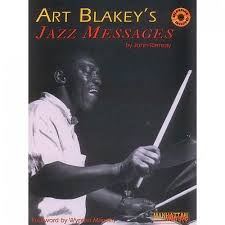
Search your favorite sheet music in the Sheet Music Catalog
Art Blakey (October 11, 1919 – October 16, 1990) was an American jazz musician. He was born in the very industrial city of Pittsburgh, and practically without childhood, he married at the age of 14 and at 15 he was already a father. He worked from dawn to dusk in a foundry and alternated another work in a coal mine, but the salary was not enough to support his family.
Musically speaking, he had no musical background in his family and he knew how to play the piano by ear. He got a job as a pianist and managed to survive on tips. He gave up the piano when in a rehearsal the great pianist, Erroll Garner gave him to understand that this was not his instrument. Art Blakey switched to drums for pure survival and stayed there until the end.
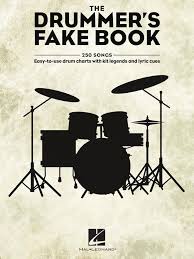
Please, subscribe to our Library.
If you are already a subscriber, please, check our NEW SCORES’ page every month for new sheet music. THANK YOU!
In 1939, he joined Fletcher Henderson”s band and from there to the pianist”s first big band, Mary Lou Williams. In the 1940s, Art Blakey entered bebop circles and began performing in 1944 when singer Billy Eckstine hired him for his orchestra. From the orchestra drumstick, he comes into contact with Parker, Dizzy, Thelonious Monk, etc. It was precisely the latter who called him when the brilliant pianist signed a contract with the Blue Note label in 1947 participating in numerous recordings in the form of a trio, quintet or sextet. When his wife died, he went to Africa for a period of two years, from where he returned converted to Islam, adopting the name of Abdullah Ibn Buhaina.
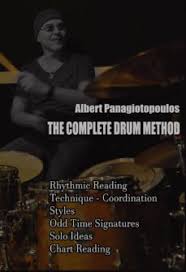
In the fifties he joined the band of the clarinetist, Buddy de Franco, where he remained from 1951 to 1953, and from here began the most fruitful, prolific and interesting stage of his entire career when he formed the group for which he would be known and identified forever: The “Jazz Messengers”. The formation of the same was, according to the critic Ira Gitler, as follows. After a brilliant debut in Blue Note, pianist Horace Silver was required by the record company to record again. Silver was performing in New York at the time with a quartet that included tenor saxophonist Hank Mobley and bassist Doug Watkins. He took both of them into the studio and called Art Blakey and trumpeter Kenny Dorhan to complete a quintet. When the album was released, at the pianist”s suggestion, they called it: “Horace Silver and the Jazz Messengers”.
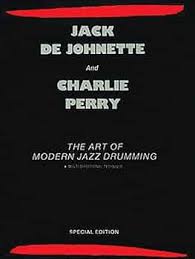
In any case, whether this version is true, or not, the “Jazz Messengers” are considered the epitome of Hardbop because their repertoire encompassed the stylistic elements that defined that style that emerged as a response to the “mannerism” that had taken over jazz, especially by white instrumentalists in the early fifties. In this way, from the mid-fifties and for more than thirty long years, Art Blakey was going to lead with great fanfare, the most impressive series of quintets and sextets in the history of jazz in that exemplary musical institution that was called: “The Jazz Messengers”. Upon her death on October 16, 1990, the only woman who was part of the “messengers of jazz” said: “..
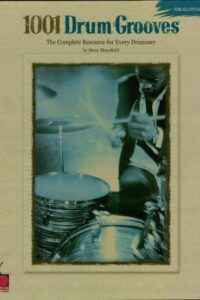
Art Blakey lived five or six lifetimes in his lifetime. He did so many things…”
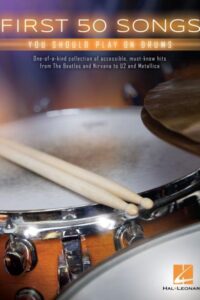
Legacy
The legacy of Art Blakey and his bands is not only the music they produced, but also the opportunities they provided for several generations of jazz musicians.
The Jazz Messengers nurtured and influenced many of the key figures of the hard bop movement of the late 1950s to early 1960s, and of the neotraditionalist movement of the 1980s and 1990s, both of which had the Jazz Messengers in a stylistically seminal role. In the words of drummer Cindy Blackman shortly after Art Blakey’s death, “When jazz was in danger of dying out [during the 1970s], there was still a scene. Art kept it going.”
Art Blakey was inducted into the Jazz Hall of Fame (in 1982), the Grammy Hall of Fame (in 2001), and was awarded the Grammy Lifetime Achievement Award in 2005.
Japanese video game music composer Yasunori Mitsuda, who composed the Chrono and Xeno video game soundtracks, cited Art Blakey as the jazz musician who had the deepest influence on him, due to his father frequently playing his music.
His drumming form made continuing use of the traditional grip, though in later appearances he is also seen using a matched grip.
In a 1973 drum battle with Ginger Baker he can be seen repeatedly changing grip during his performance.
As the supporting materials for Ken Burns‘s series Jazz notes, “Blakey is a major figure in modern jazz and an important stylist in drums. From his earliest recording sessions with Eckstine, and particularly in his historic sessions with Monk in 1947, he exudes power and originality, creating a dark cymbal sound punctuated by frequent loud snare and bass drum accents in triplets or cross-rhythms.” This source continues:
Although Art Blakey discourages comparison of his own music with African drumming, he adopted several African devices after his visit in 1948–9, including rapping on the side of the drum and using his elbow on the tom-tom to alter the pitch. Later he organized recording sessions with multiple drummers, including some African musicians and pieces. His much-imitated trademark, the forceful closing of the hi-hat on every second and fourth beat, has been part of his style since 1950–51. … A loud and domineering drummer, Art Blakey also listens and responds to his soloists.
Browse in the Library:
Or browse in the categories menus & download the Library Catalog PDF:
Art Blakey discography (on Wikipedia)
- Blakey’s solo or semi-solo albums are denoted in bold.
- Album date based on recording year, not release year.
- New Sounds (1952)
- A Night at Birdland Vol. 1 (1954)
- A Night at Birdland Vol. 2 (1954)
- A Night at Birdland Vol. 3 (1954)
- Blakey (1954)
- At the Cafe Bohemia, Vol. 1 (1955)
- At the Cafe Bohemia, Vol. 2 (1955)
- The Jazz Messengers (1956)
- Originally (1956)
- Hard Bop (1956)
- Ritual (1957)
- Drum Suite (1957)
- Orgy in Rhythm (1957)
- A Midnight Session (1957)
- Selections from Lerner and Loewe’s… (1957)
- Cu-Bop (1957)
- With Thelonious Monk (1957)
- Hard Drive (1957)
- Big Band (1957)
- Moanin’ (1958)
- Drums Around the Corner (1958)
- Holiday for Skins (1958)
- 1958 – Paris Olympia (1958)
- Des Femmes Disparaissent (1958)
- The St. Germain Club (1958)
- At the Jazz Corner of the World (1959)
- Just Coolin’ (1959)[55]
- Les Liaisons Dangereuses (1959)
- Africaine (1959)
- The Théâtre des Champs-Élysées (1959)
- Paris Jam Session (1959)
- The Big Beat (1960)
- A Night in Tunisia (1961)
- Art Blakey and the Jazz Messengers (1961)
Art Blakey & The Jazz Messengers – Album of the Year (1981) [2015 Japanese Edition]
Tracklist: 1 Oh-By The Way (Terence Blanchard) [bonus track] 0:00 2 Duck Soup (Donald Harrison) [bonus track] 6:27 3 Cheryl (Charlie Parker) 12:25 4 Ms. B.C. (Pamela Watson) 17:49 5 In Case You Missed It (Robert Watson) 24:36 6 Little Man (Charles Fambrough) 33:30 7 Witch Hunt (Wayne Shorter) 40:50 8 Soulful Mister Timmons (James Williams) 47:16
Credits: Alto Saxophone – Robert Watson (tracks: 3 to 8), Donald Harrison (tracks: 1, 2) Bass – Charles Fambrough Drums – Art Blakey Engineer – Daniel Abraham (tracks: 3 to 8), Jan Kranendonk (tracks: 1, 2), Philippe Omnes (tracks: 3 to 8) Piano – James Williams (tracks: 3 to 8), Johnny O’Neal (tracks: 1, 2) Producer – John Ramsay (tracks: 1, 2), Wim Wigt Tenor Saxophone – Bill Pierce Trumpet – Terence Blanchard (tracks: 1, 2), Wynton Marsalis (tracks: 3 to 8)
Notes:
1 to 2 recorded and mixed at Fendal Soundstudio’s, Loenen a/d Vecht, Holland, May 20, 1982.
3 to 8 Recorded and mixed at Davout Studios, Paris, France, April 12, 1981.
